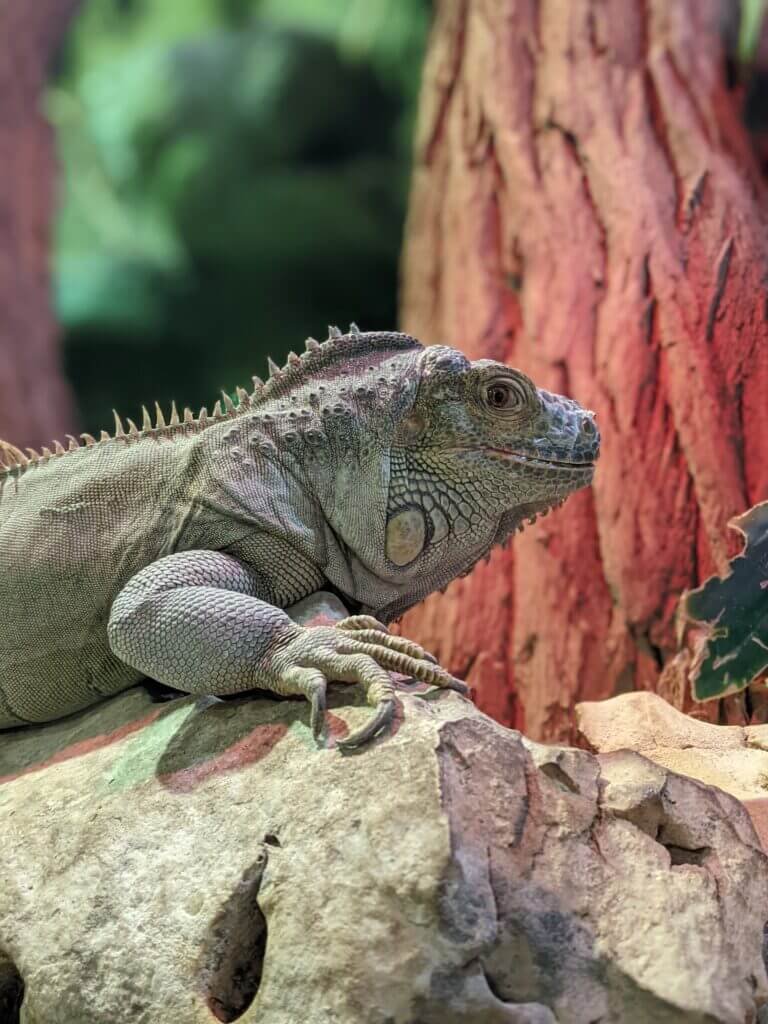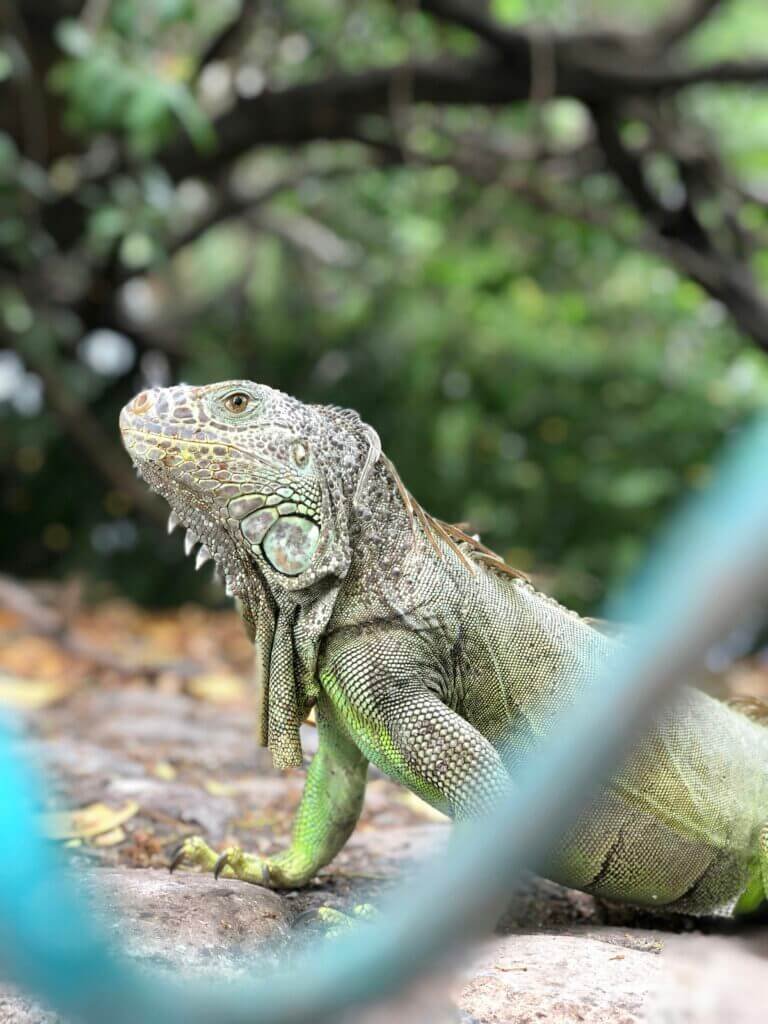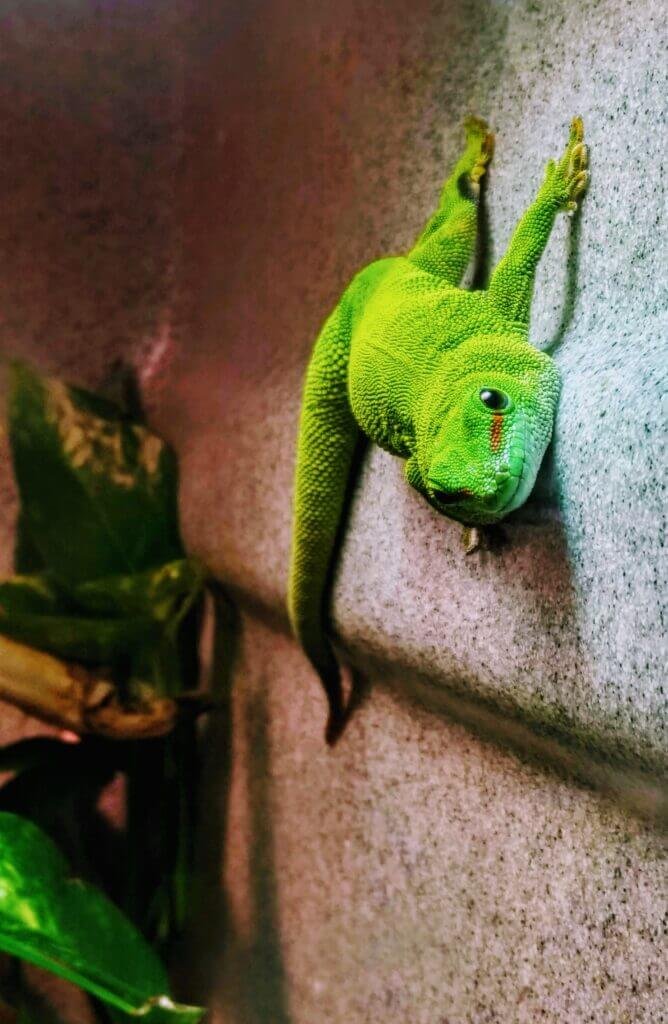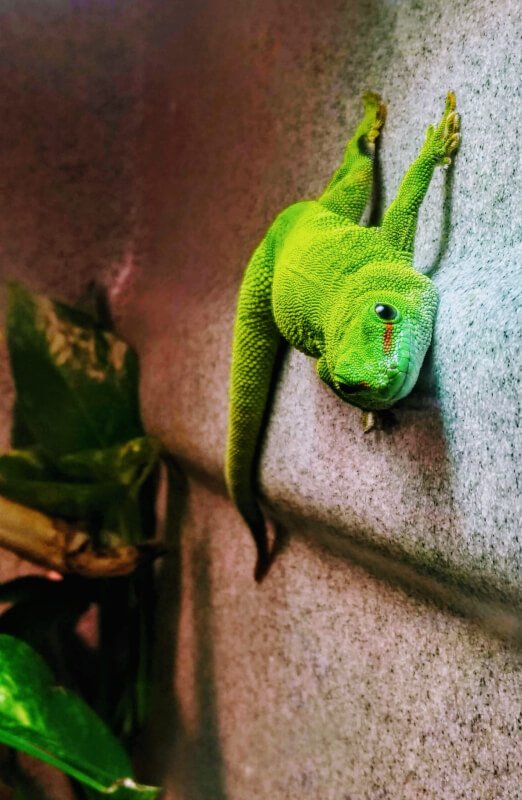Have you ever wondered about the subtle yet fascinating differences between a snake and a legless lizard? Despite their similar appearance, these creatures possess distinct characteristics that set them apart. While both lack limbs and slither on the ground, snakes and legless lizards have unique features that distinguish one from the other. In this article, we will explore the varying traits of these intriguing reptiles, shedding light on the nuanced dissimilarities that make them truly fascinating. So, get ready to embark on a journey of discovery as we unravel the secrets of the snake and the legless lizard!

Physical Characteristics
Body Shape
Snakes and legless lizards may appear similar at first glance, but there are distinct differences in their physical characteristics. One notable difference is their body shape. Snakes have long, cylindrical bodies with no visible limbs, while legless lizards have more compact bodies with well-developed limbs that are often obscured by scales. This difference in body shape is due to the evolutionary adaptations each species has undergone to suit their respective lifestyles.
Skin
The skin of snakes and legless lizards also differs in certain aspects. Snakes typically have scales that overlap each other, giving their skin a smooth and streamlined appearance. In contrast, legless lizards often have rougher skin, with scales that are more noticeable and distinct. This variation in skin texture can serve different purposes, such as providing better traction for legless lizards on various terrains.
Eyes
When it comes to their eyes, snakes and legless lizards display some variation as well. Snakes possess specialized eye structures that allow for better vision, with some species even having the ability to see in infrared. Legless lizards, on the other hand, have smaller eyes in comparison and rely more on other sensory cues, such as touch and smell, to navigate their surroundings. This difference in eye size and function reflects their differing lifestyles and hunting strategies.
Ears
While snakes are famously known for their lack of external ears, legless lizards actually have visible ear openings on the sides of their heads. These ear openings may be small and inconspicuous, but they play a crucial role in detecting sounds and vibrations, enabling legless lizards to be more aware of their environment. In contrast, snakes primarily rely on their specialized jawbones to detect vibrations and sound waves, which they perceive as movement and potential prey.
Ventral Scales
One key characteristic that distinguishes snakes from legless lizards is the arrangement and structure of their ventral scales, which are found on the underside of their bodies. Snakes typically have long and narrow ventral scales, allowing for more efficient slithering and movement. Legless lizards, on the other hand, have wider and more numerous ventral scales, which aid in crawling and provide additional support when moving across different surfaces.
Movement
Slithering vs. Sidewinding
The mode of movement is an important differentiating factor between snakes and legless lizards. Snakes primarily utilize a motion called slithering, where they propel themselves forward by bending and pushing off their belly scales. In contrast, legless lizards often employ a movement known as sidewinding. Sidewinding involves lifting and pushing off their body in a sideways motion, creating a distinctive “S” pattern. This unique movement allows legless lizards to navigate loose or sandy terrain more effectively.
Modes of Locomotion
Apart from slithering and sidewinding, both snakes and legless lizards are capable of other modes of locomotion. Snakes can also climb trees and swim, using their elongated bodies and specialized scales for gripping and propulsion. Legless lizards, although less adept at climbing, are still capable of some climbing using their well-developed limbs. Additionally, legless lizards often crawl using their limbs to navigate through specific habitats, making them more versatile in their movement options compared to snakes.
Habitat
Geographical Distribution
Snakes and legless lizards can be found in various parts of the world, although their specific distributions may differ. Snakes are more globally widespread and can be found on every continent except Antarctica. They have adapted to a wide range of environments, from deserts to rainforests. Legless lizards, on the other hand, are typically found in more specific regions. Some legless lizard species inhabit deserts and grasslands, while others prefer moist forests or high-altitude areas. Their distribution tends to be more localized compared to snakes.
Preferred Environments
Though snakes and legless lizards can tolerate a range of habitats, they often exhibit preferences for specific environments. Many snake species thrive in warm climates and are commonly associated with grasslands, forests, and tropical regions. Legless lizards, depending on the species, can be found in diverse habitats such as sand dunes, rocky areas, or underground burrows. Some legless lizards are adapted to cooler climates and can be found in mountainous regions. These habitat preferences reflect the unique ecological niches each species occupies.
Diet
Prey Selection
Snakes and legless lizards have varying diets depending on their species and habitats. Snakes are known for their carnivorous nature and mostly feed on small to large vertebrates, such as rodents, birds, and even other snakes. Some larger snake species can even consume prey as large as deer or antelope. Legless lizards, on the other hand, have a more diverse diet. While they also feed on smaller vertebrates like insects and small mammals, legless lizards have been observed eating plant material as well. This ability to consume both animal and plant matter sets them apart from snakes.
Feeding Habits
In terms of feeding habits, snakes typically capture and consume their prey whole or in large chunks. Their jaws are highly flexible, allowing them to stretch their mouths and swallow prey much larger than their own head size. Legless lizards, on the other hand, tend to have smaller mouths and jaws, making them more suited to consuming smaller prey. They may feed on insects and small vertebrates, which they capture using their quick reflexes and well-developed limbs. This difference in feeding behavior corresponds to the distinct morphological features of their skull and jaw structure.

Reproduction
Mating Behavior
Both snakes and legless lizards engage in mating behavior to reproduce, but there are some notable differences in their courtship rituals. Snakes often engage in elaborate mating displays, involving visual cues, pheromones, and physical combat between male suitors. Some snake species even form aggregations called “mating balls” where multiple males compete for the opportunity to mate with a female. Legless lizards, on the other hand, tend to have simpler courtship rituals. Male legless lizards may engage in head bobbing or tail waggling to communicate with potential mates.
Gestation Period
The gestation period, or the time it takes for offspring to develop within the mother’s body, can vary greatly among different snake and legless lizard species. In general, snakes have longer gestation periods, ranging from a few weeks to several months, depending on the species. Some snake species, such as boas, give birth to live young. Legless lizards, on the other hand, typically have shorter gestation periods compared to snakes. Their young are often born from eggs, similar to many lizard species, and typically hatch after a period of incubation.
Egg-laying
While some snake species give birth to live young, the majority of snakes lay eggs. The eggs are either deposited in hidden locations or protected inside the female’s body until they hatch. In contrast, legless lizards typically lay eggs as their primary mode of reproduction. The number of eggs produced can vary, ranging from just a few to dozens depending on the species. Legless lizards often choose warm and sheltered locations to lay their eggs, ensuring optimal conditions for incubation and the survival of their offspring.
Defense Mechanisms
Venomous vs. Non-venomous
One of the most significant differences between snakes and legless lizards lies in their defense mechanisms, particularly in regards to venom. While many snake species possess venomous glands and fangs to immobilize or kill their prey, legless lizards are non-venomous. Legless lizards typically rely on other defense mechanisms, such as bluffing or attempting to flee when threatened. Some legless lizards may also use their tails as a means of distraction, making sudden, rapid movements to divert attention from their vulnerable heads.
Camouflage
Both snakes and legless lizards have evolved various camouflage strategies to blend in with their surroundings and avoid predation. Snakes often exhibit cryptic coloration and patterns, such as stripes or blotches, that help them conceal themselves among foliage or rocks. Legless lizards also utilize camouflage to their advantage by matching their skin color and texture to their specific habitat. This allows them to remain inconspicuous and avoid detection by predators or potential prey. The effectiveness of their camouflage depends on the species and the environments they inhabit.
Tail Autotomy
Tail autotomy, also known as tail loss, is another defense mechanism employed by some species of snakes and legless lizards. When threatened or attacked, certain snakes have the ability to intentionally detach their tails, distracting predators and providing their captors with a chance to escape. Legless lizards, however, do not possess this particular adaptation and cannot voluntarily shed their tails. Instead, they rely on their agility and speed to evade predators, utilizing their limbs and body movements to their advantage.

Anatomy
Skull Structure
The anatomical structure of the skull is an area where snakes and legless lizards exhibit notable differences. Snakes have highly specialized skulls that allow for efficient swallowing of larger prey. They have a kinetic skull, which means the bones of their skull are loosely connected, allowing for increased flexibility during feeding. In contrast, legless lizards have a more rigid skull structure. Their skulls are less flexible than those of snakes, reflecting their different feeding habits and the absence of the need to consume larger prey.
Jaw Structure
The jaw structure of snakes and legless lizards also demonstrates some distinctions. Snakes have a highly mobile lower jaw, in which the two halves can move independently. This mobility, coupled with elastic ligaments, enables them to engulf prey much larger than their own head size. Legless lizards, while possessing relatively mobile jaws, do not have the same degree of flexibility as snakes. Their jaws are better adapted for capturing and consuming smaller prey due to their narrower gape and less extensive ligamentous connections.
Ecological Role
Predator-Prey Interaction
Snakes and legless lizards play important roles in predator-prey relationships and the balance of ecosystems. Snakes, being carnivorous predators, help control populations of rodents and other small mammals, which can have far-reaching effects on the abundance and behavior of their prey species. They are crucial in maintaining the delicate balance of nature. Legless lizards, although they also consume small mammals and insects, may have a broader ecological role as part of the food web due to their ability to consume plant material. They can serve as both predator and prey in different ecosystems.
Environmental Impact
The presence of snakes and legless lizards can have measurable impacts on their respective environments. Snakes, as apex predators, shape communities through their influence on prey populations. By controlling the abundance of certain species, they indirectly affect vegetation and the overall structure of their habitats. Legless lizards, with their dietary diversity and ability to consume plant matter, may also have some influence on the distribution and abundance of certain plant species. Their burrowing and foraging activities can also impact soil structure and nutrient cycles in specific habitats.
Conservation Status
Threat Levels
Snakes and legless lizards face various threats to their survival, and their conservation statuses vary across different species and geographic regions. Some snake species are listed as endangered or vulnerable due to habitat loss, illegal wildlife trade, and persecution by humans. Additionally, the destruction of snake populations can disrupt entire ecosystems. Legless lizards, although often less studied, may also face similar threats and have specific conservation needs. Assessing and addressing the conservation status of both groups is crucial for their long-term survival and the preservation of biodiversity.
Endangerment
Several snake and legless lizard species are considered endangered or facing critical endangerment. Habitat destruction caused by deforestation, urbanization, and agricultural expansion is a major concern for many species. Additionally, climate change and the introduction of invasive species can have detrimental effects on their populations. Raising awareness about the importance of these creatures and implementing conservation measures such as protected areas and sustainable land management practices are essential for mitigating the endangerment of snakes and legless lizards.
Human Interaction
Fear and Misconceptions
Snakes and legless lizards often evoke fear and misconceptions among humans, largely due to their appearances and misunderstood behaviors. While some snake species are venomous and can pose a threat to human safety, the majority of snake species are harmless and play crucial ecological roles. Legless lizards, often mistaken for snakes, may be subject to similar misconceptions. It is important to educate the public about the differences between these species, their benefits to ecosystems, and the need to coexist with them in a responsible and respectful manner.
Conservation Efforts
Conservation efforts aimed at protecting snakes and legless lizards have gained momentum in recent years. Many organizations and researchers are working towards conserving and restoring their habitats, assessing population dynamics, and promoting sustainable practices. Conservation initiatives often involve public outreach, conducting scientific research, and collaborating with local communities to raise awareness and promote responsible human behavior towards these species. These efforts are vital for the preservation of these unique reptiles and the biodiversity they contribute to.


